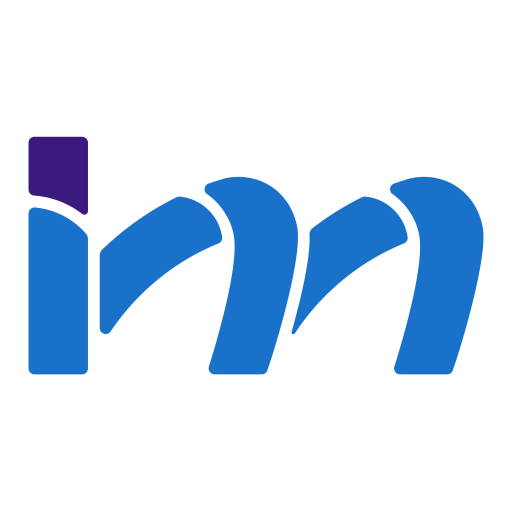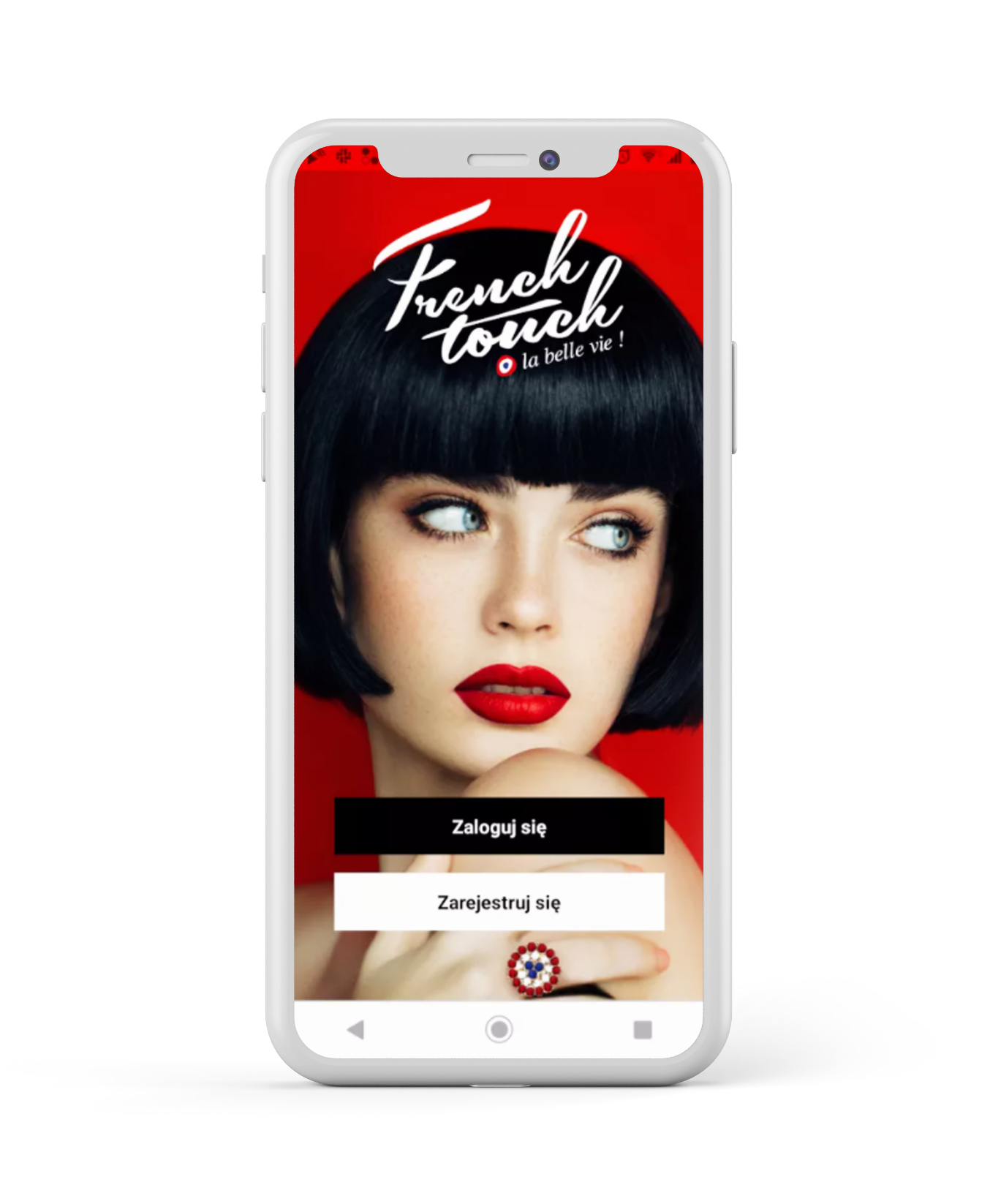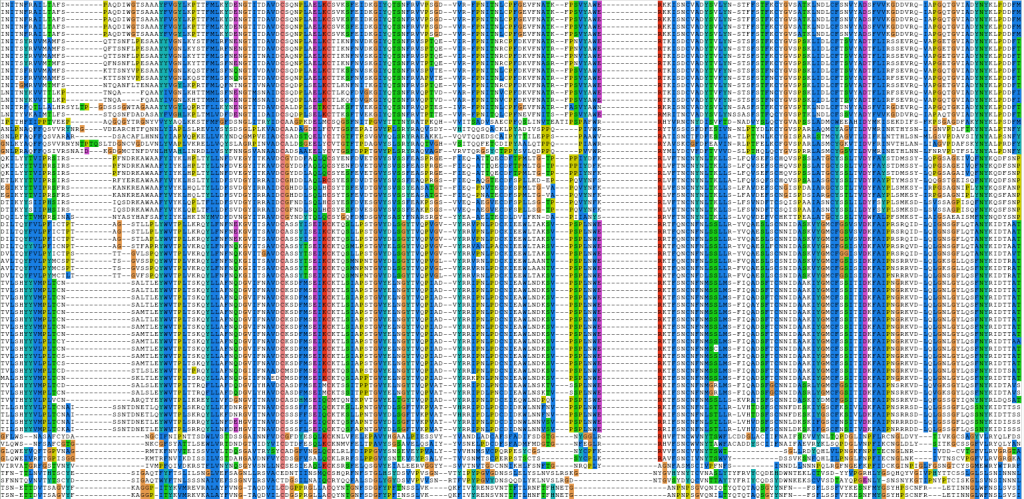Contact us. We are happy to talk about your needs and prepare an offer.

React Native
One of our specializations is mobile applications written in React Native. This technology, like any other, has its pros and cons, strengths, and weaknesses. Before deciding to start a project with this technology, it is worth knowing first a few basic facts about it.

Our Clients
What precisely is React Native?
React Native is a coding framework that enables the rapid development of applications for distinct, and otherwise incompatible platform markets, in this case, mostly for Android and iOS.
The developer working in React Native writes the code, which is then translated into the native code supported by the platform of choice. The native code is then compiled into the application. The "translating" process is possible thanks to so-called bridges that transform JavaScript into the requisite native elements. The programmer writes one body of code (instead of needing to manage two separate code bases), thereby significantly increasing the savings of not only the creation process of the application but also when it comes to maintenance. In practice, to achieve the same effect (two independently deployed applications), as little as half the amount of code is needed.
What do applications written in React Native look like?
Applications written in React Native appear practically indistinguishable from native applications (written specifically for a single mobile platform). The applications use (or, at least, can use) controls familiar to the users of that specific system as well as other standard interface elements.
Applications created in React Native do not look like typical web applications supported by browsers or hybrid applications - websites “sewn” into applications.
Who uses React Native?
Currently, React Native is acquiring increasingly greater recognition. The fact that this technology is used by the largest players in Silicon Valley, not to mention others, has contributed significantly to its growth. Apart from Facebook, itself, it is worth mentioning other firms using React Native such as Skype, Tesla, AirBNB, Walmart, Instagram, and UberEats. It is noteworthy that companies are increasingly using React Native technology to write their applications.
History of the technology’s origin
The origins of React Native technology date back to 2012, when Facebook founder Mark Zuckerberg noticed that the HTML5 solution used so far did not fully meet his expectations, as more and more users started using the Facebook mobile application. The founder of Facebook was looking for a solution that would improve and shorten the application development time. The developer Jordan Walke played a significant role as he managed to generate iOS UI elements from a thread of JavaScript code. Walke did not realize that his solution would be a breakthrough in application development.
In 2013, Facebook organized an internal hackathon, during which a solution needed to be improved. The company wanted to use only one technology in the process of creating native applications. From that moment on, Facebook started to use native technologies increasingly in its solutions. Zuckerberg admitted that the company used React Native to create its advertising and group manager applications.
Soon after, React Native technology gained great popularity that it still enjoys today.
React Native and native technologies
In technical terms, the applications created in React Native are no different from native applications. Significant differences appear at the level of creating and maintaining the applications. However, one can hope that as this technology develops, the differences will become ever smaller.
React Native advantages over native technologies
The main goal of React Native was to streamline and improve the creation process of mobile applications. Below, there are listed and described the most important React Native advantages over native technologies.
Faster development process
Developers appreciate React Native technology mostly for shortening the time of building an application. It is possible thanks to its hot reloading function, which compiles code for native programming languages. Changes made in code (small, as well as big) can be seen after only a few seconds, while in the case of native technologies, it takes a few minutes for major changes to appear.
Shared code
React Native enables sharing code across multiple platforms. Typically, about 70% of the code can be shared, however, the exact amount of shareable code depends on the application technical advancement level and the number of specific elements used on different platforms. Most of the code can be shared in the case of a very simple application and a platform with few or no unique elements.
Better than hybrid applications
React Native is not a hybrid technology like Cordova or Ionic. React Native in comparison with hybrid technologies doesn’t use WebView. Thanks to this, it facilitates using native interface elements and APIs specific to a given platform. Hybrid technologies cannot use these solutions because they use web components embedded in the application.
Disadvantages of React Native compared to native technologies
No technology is perfect, and React Native is no exception. This technology has some shortcomings and imperfections compared to native technologies, mainly due to its specificity.
Native code needed
It is impossible to create an extensive mobile application without the use of native code. Some application modules must be written in native technology, including, for example, modules responsible for usage of the unique capabilities of smartphones, e.g. a camera or GPS. Additionally, React Native uses bridges that connect and translate elements written in JavaScript with native elements. These bridges also contain native code.
No native API and SDK support
React Native does not have ready-made modules enabling access to the API of the Android or iOS platform. Developers who want to access the API have to write additional modules (called Native Modules) or create appropriate bridges. The same problem exists with libraries and the SDK. In the case of native technologies, there are ready modules that support the native API and SDK.
Lower efficiency
Additional bridges and Native Modules negatively affect application performance. The efficiency of the application built in React Native can also be reduced by optimizing the processor and memory of the smartphone for native components. The application developed in React Native might use the device's resources in a less efficient way.
Longer debugging
In React Native, the process of writing a code is faster than in the case of native technology, but resolving difficulties usually takes longer.
When should applications be developed in React Native?
In the vast majority of cases, it is at least worth considering using React Native as a development platform for new mobile projects. However let’s not overlook those situations in which the developer is not able to simply use one code for two platforms, as the differences between them must be taken into account. The bigger the differences are, the less beneficial React Native becomes.
React Native is better for simple applications. A good example of this technology’s usage is a mobile application for fairs, conferences, or open days. Increasingly more companies present their offer in this way. Such applications are not very complex because React Native developers can write about 70% of the common code. The technology reduces the developer working time as well as the costs of implementing.
An increasing number of startups are using React Native to build MVPs. An MVP is a product that meets minimal criteria for market readiness and launch and has the most important functionalities. Mainly MVP is created to see if there is any potential interest in the product, to identify the targeted group and collect as much feedback from users as possible. The MVP is a minimal product that is very different from the final product. Usually, it is created at the lowest possible cost, with React Native being mainly chosen because the application code can work on two systems. In this way, startups can reach more users and collect more valuable data.
With today’s pronounced focus on IT, maintaining two versions of an application may also mean that you need to have a team twice as large as you would if you were running a project in React Native.
Is React Native a hybrid technology?

Technically no. The term “hybrid technology” means an application which is a composite (hybrid) of a web application (available on browsers) and a native application (created with the components and controls facilitated by a given mobile platform). A characteristic feature of hybrid applications is the distinction between the shared components (used across several different systems) and the specialized components (written specifically for a targeted platform). React Native does, however, produce truly native applications based, albeit, on concepts previously developed in hybrid technologies so that it is already common to include React Native in this group of technologies. React Native uses a shared view layer and native components written for a specific platform. Applications written in this technology combine elements and features of native and hybrid applications based on JS and HTML.
Does React Native have any limitations?
There is no perfect technology. Each one has its own small or sometimes big disadvantages. The main React Native limitation is that it doesn’t fully support iOS and Android APIs. Using some non-standard libraries can also be problematic. However, these problems only matter in a narrow range of functionality. The structure and complexity of the project depends on whether the shortcomings of React Native will be significant in our solution.
Are React Native and React the same?
React is not short for React Native, so these two technologies shouldn’t be confused with each other. React, also known as ReactJS is a JavaScript library for creating user interfaces. React (like React Native) was created by Facebook. The company wanted to find a tool that combines the speed of writing JavaScript code with a new way of rendering pages. ReactJS essentially enables the creation of isolated components and declarative views. React provides both user and server interface support. React Native, on the other hand, is not a library but a framework that enables the creation of cross-platform mobile applications. React Native applications use ReactJS relatively often.
React Native's biggest rival - Flutter
Nowadays, there is an increasing demand for creating applications that function on several platforms. Currently, one of the most used technologies for this purpose is React Native, but Flutter is also becoming increasingly popular among developers. Flutter is a framework built by Google that supports the creation of efficient and fast applications that work on several platforms, including Android and iOS. Flutter has many of the same or similar functions as React Native and is used for the same purpose. Flutter also enables code sharing and thus contributes to reducing the cost of building the application.
Nevertheless, React Native and Flutter differ significantly in several areas. The most important differences are presented below.
Programming language
React Native uses code written in JavaScript, that is widely known and appreciated by the developer community. JavaScript was used to build many successful frameworks, mobile and web applications. Flutter is a relatively young solution, therefore, it shouldn’t be a surprise that it also uses a relatively new language, which is Dart.
User interface
Flutter and React Native implement user interfaces differently. React Native employs native components used in operating systems, but Flutter uses special widgets that are not integral to the platform.
Documentation
Currently, proper documentation support for an IDE has a huge impact on rapid and effective coding.. React Native has more extensive documentation due to its longer life in the industry. The guides, tips and answers to frequently asked questions about the various elements of cross-platform application development are a great asset. Flutter's documentation is a bit less extensive, but better organized and just as comprehensive.
Currently, React Native technology is more often used on the market than Flutter. Even so, React Native cannot be completely sure of its position as Flutter becomes an increasingly strong contender. Flutter's popularity has grown thanks to its performance, numerous improvements, and a good marketing strategy carried out by Google. The company has created a special guide to help developers migrate from React Native to Flutter technology, and is now developing Flutter technology for Linux, Windows and macOS.
How much does it cost to write an application in React Native?

The cost of a React Native application depends on the size and complexity of the project. The simpler and more focused the design, the lower the cost. However, it can be assumed that in the vast majority of cases, writing an application for two platforms (iOS and Android) in React Native is much cheaper than achieving the same functionality using a traditional approach.
Sometimes the solution in React Native is cheaper by only 10%, but in many situations it can be cheaper by up to 50% compared to building separate applications in native technologies for iOS and Android.
The extenuating costs of maintenance and development are also important - after all, it is easier and faster to modify one code base instead of two separate ones.
If you want to learn more about dedicated software or are considering creating a specific application - write to us via the contact form.





